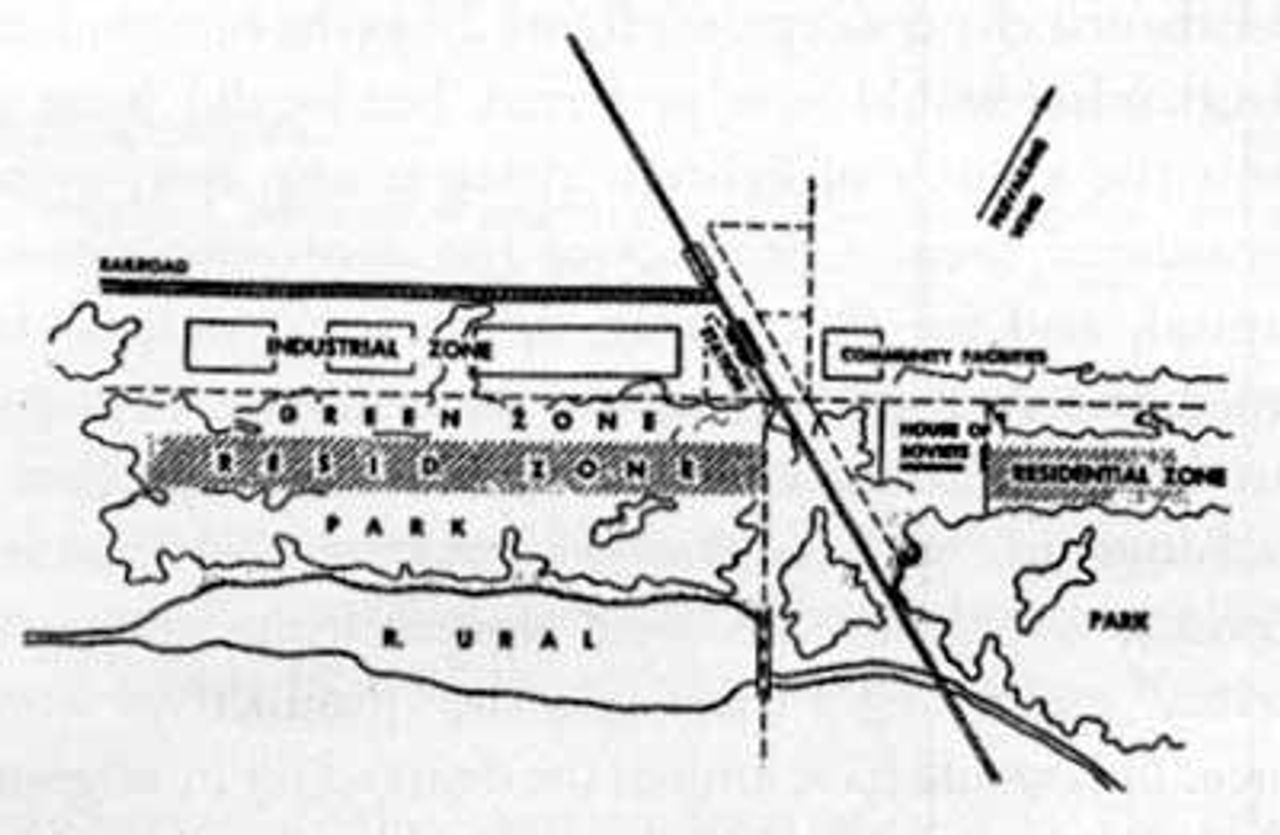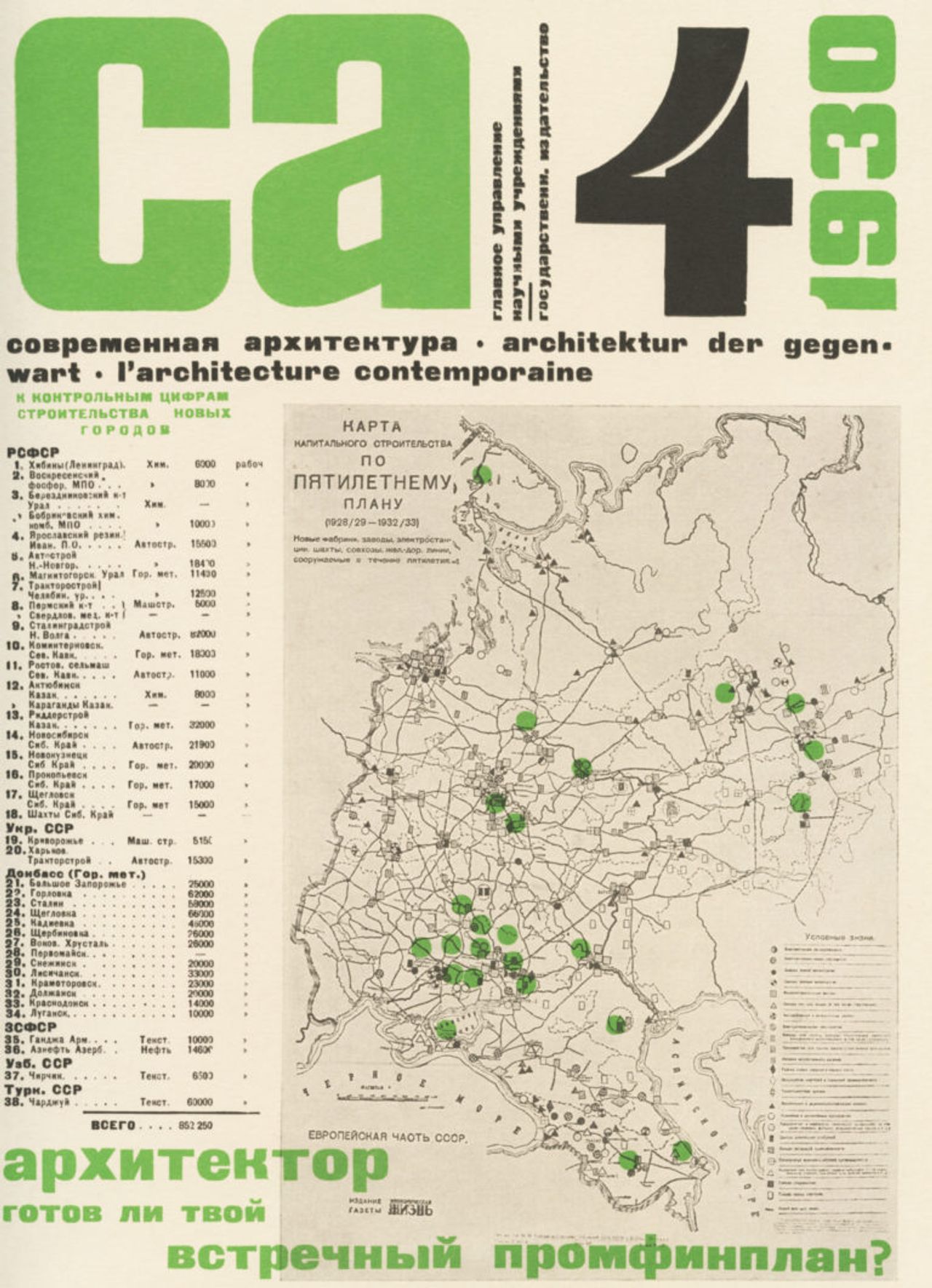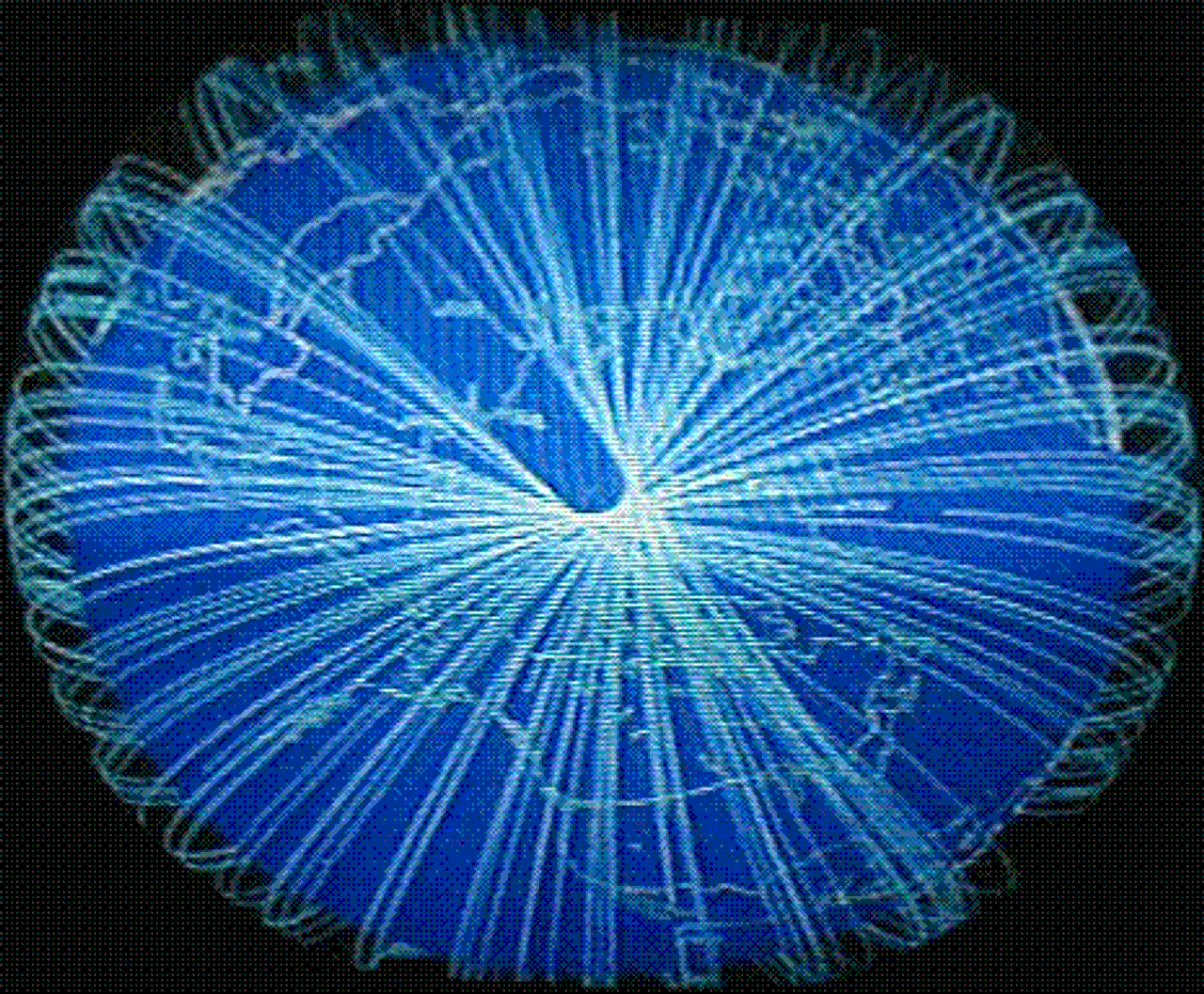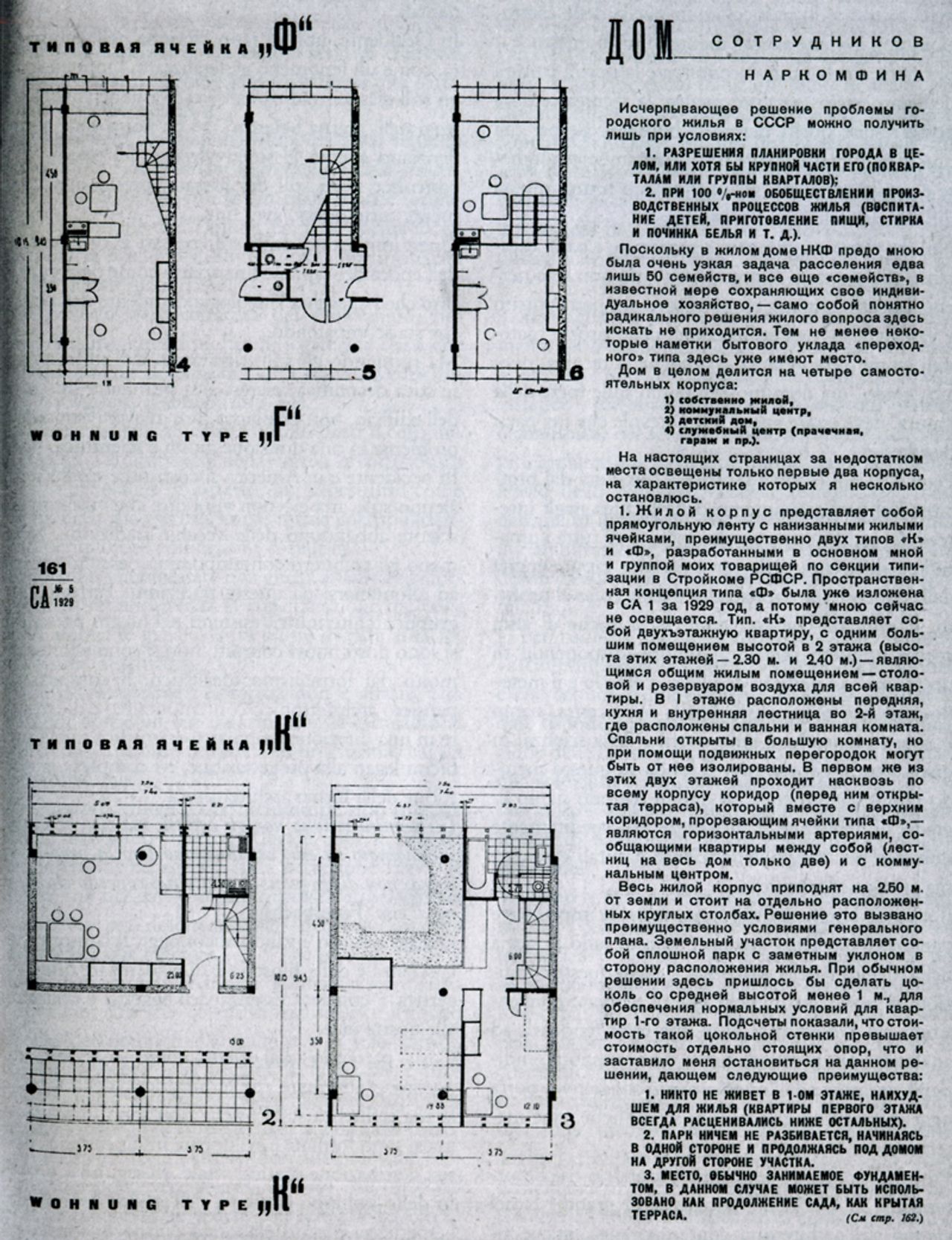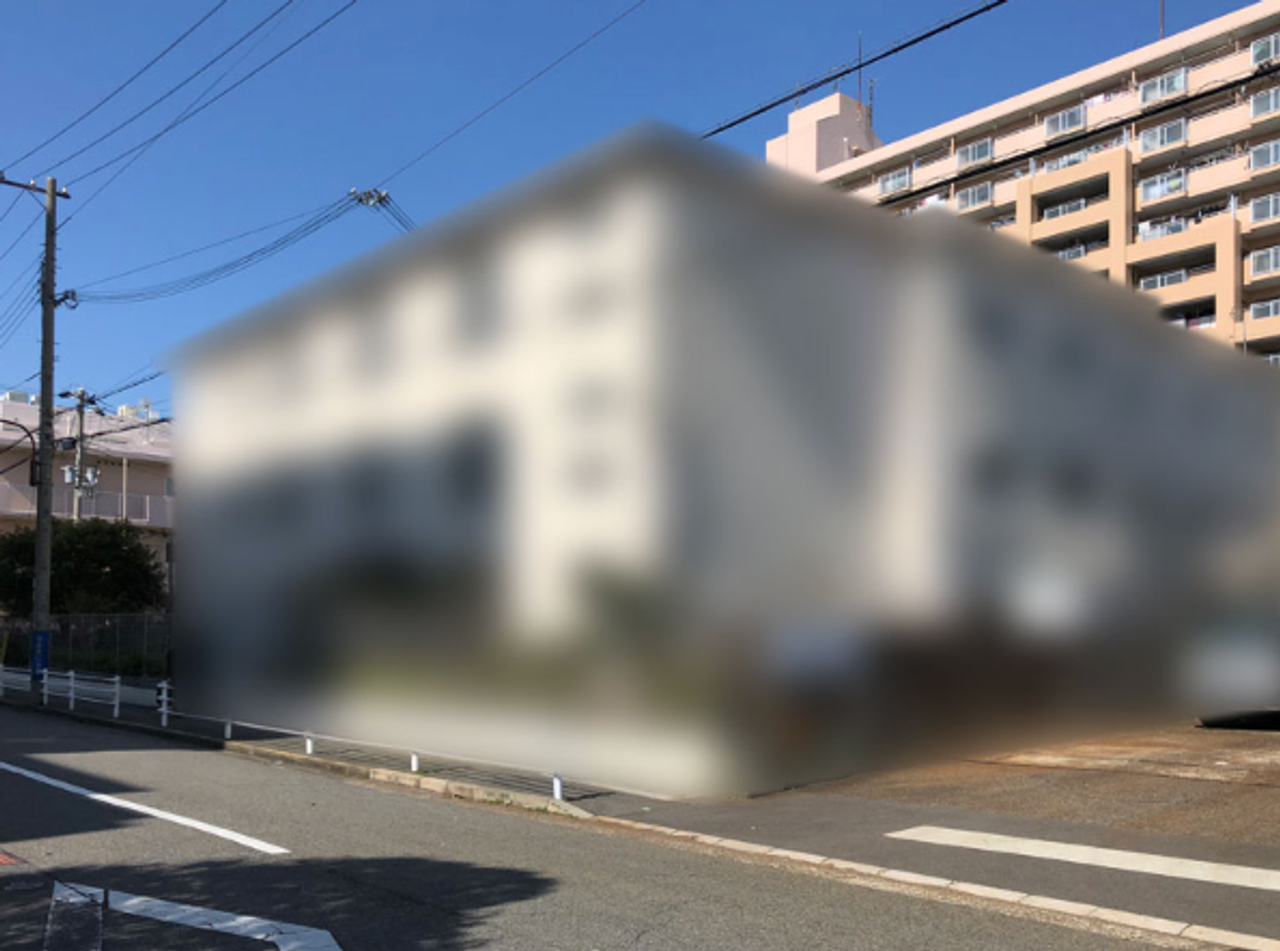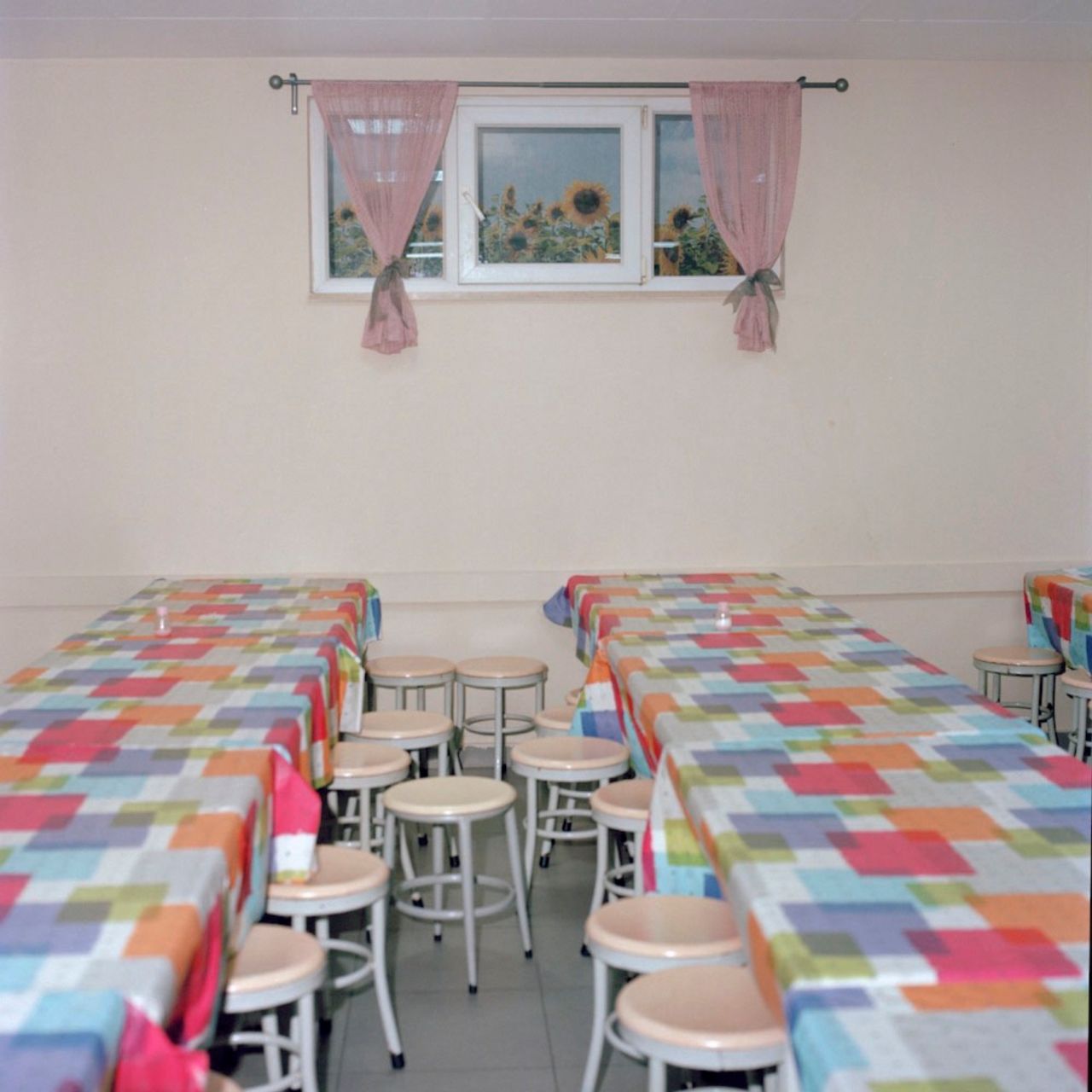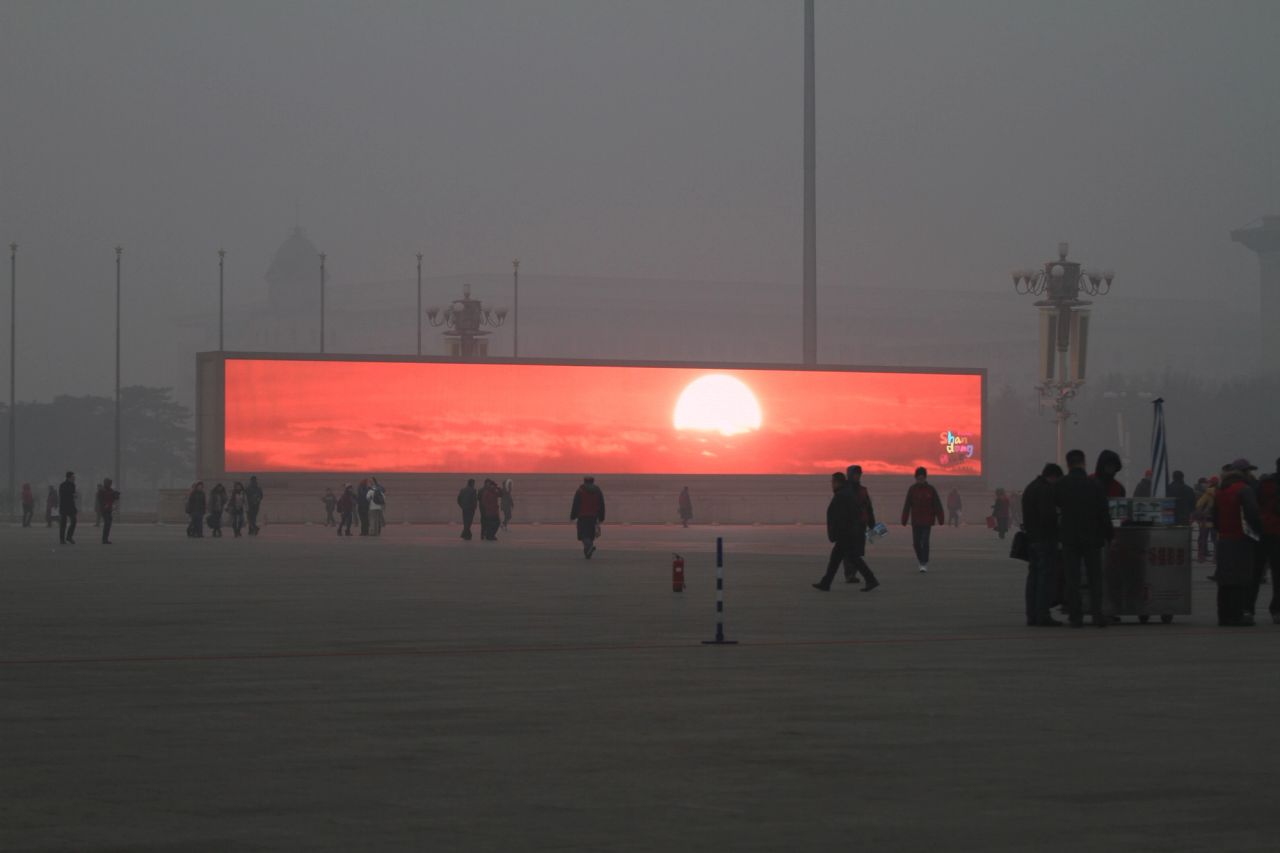0001 GDS is a complete building design system, merging generative AI technologies with the construction processes and supply chain needed to reconfigure housing around the world using universally available components. We’re using it to build a globally-distributed peer-to-peer housing collective.
The system combines 0001’s own purpose-built elements (where necessary) with mass-produced industrial components not commonly used in housing. These mass-produced components range, for example, from the precast post-and-beam systems usually found in industrial and commercial buildings to the universal steel channel systems typically used in warehouses rather than in domestic interiors. By utilizing industrial materials, 0001 GDS is able to quickly and efficiently design and construct flexible architecture that’s strong and stable. Fusing these widely-available components with large amounts of publicly-available data, 0001 GDS is built to be autonomously versatile across a wide spectrum of contexts—from retrofitting existing commercial or residential buildings to designing new construction at any scale, from an individual home to an entirely new city.
We envision that, as 0001 GDS acquires more and more data, we will increasingly find supply chain efficiencies by incorporating locally-available components from entirely unrelated industries in novel ways. This could meaningfully bring down the cost and time of constructing or converting housing across different geographies. As such, 0001 GDS is a key component of our ongoing research and development into building a globally distributed network of flexible, self-sovereign housing that can autonomously construct and operate itself for the benefit of its residents. Without landlords, this should be a way to put more of the financial upside from real estate towards increasing the quality and availability of housing.
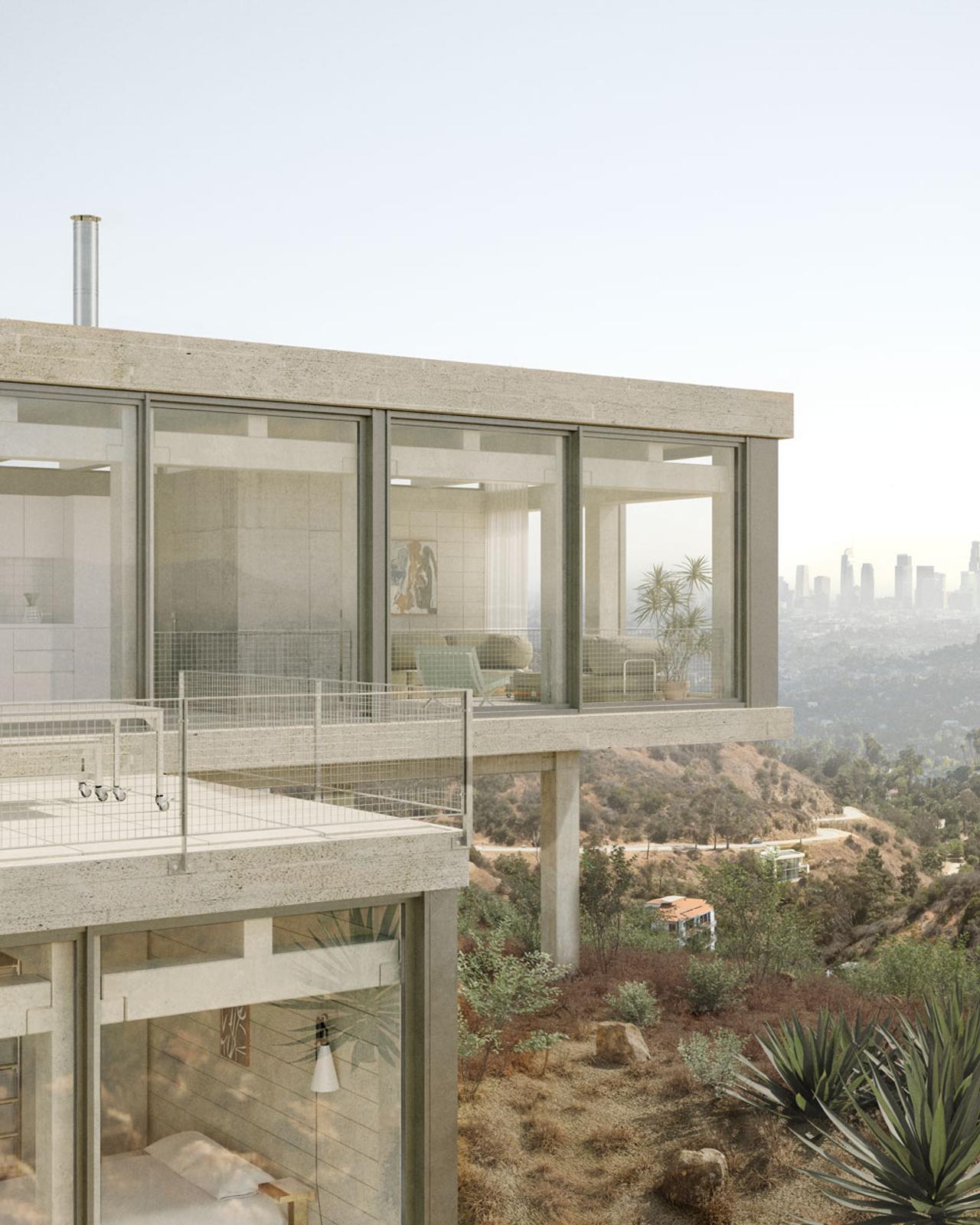
We’re funding this ongoing R&D work by selling furnished homes designed with 0001 GDS. If you’re interested in joining our peer-to-peer housing collective and owning a 0001 home, you can check out our properties and submit an application to join here:
HOME0001
The years following the Russian revolution were charged with an exceptional spirit of creativity and experimentation. For a while, the fresh start inspired entirely new ways of imagining society. It was in this climate that a small group of Constructivist architects, economists, sociologists, and artists developed a radical architectural theory to counter the dominant form of centralized urbanism. They called it Disurbanism.
